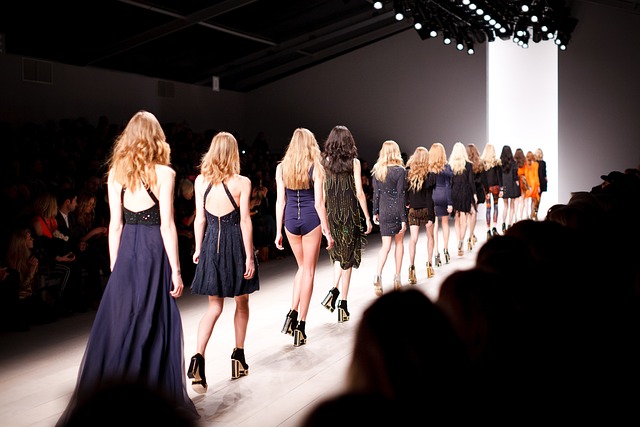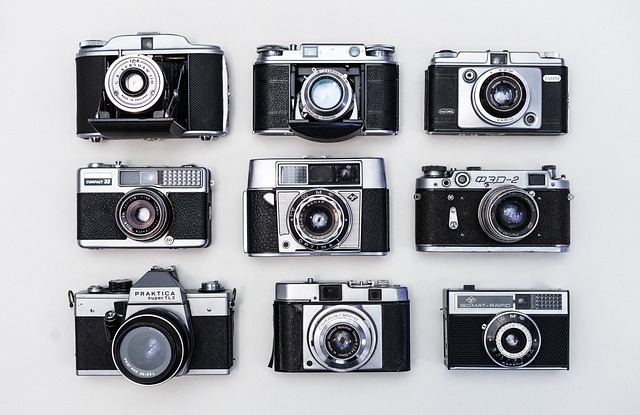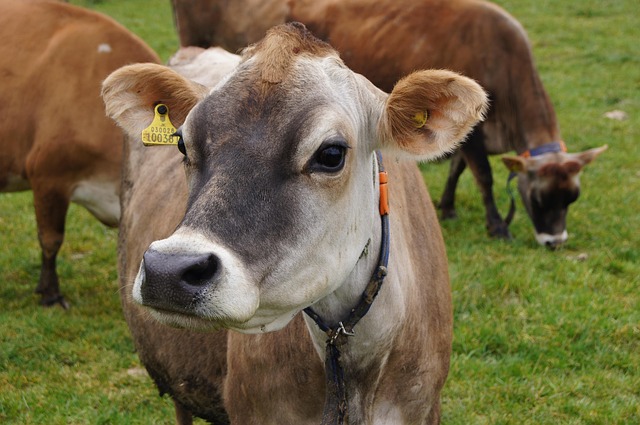Exploring the Future of the Sustainable Fashion Industry
In a world where fast fashion dominates our wardrobes, the sustainable fashion industry is emerging as a vibrant beacon of hope. With increasing awareness of the environmental impact of clothing production, more consumers are seeking alternatives that align with their values. This shift presents a unique opportunity for brands, designers, and consumers to collaborate towards a more sustainable future in fashion.
The sustainable fashion industry is about much more than just eco-friendly materials; it embodies a holistic approach to fashion that prioritizes ethical labor practices, waste reduction, and innovative design. As consumers become more educated, they are actively choosing clothing that not only looks good but also tells a story of responsibility and care.
Eco-Friendly Materials and Innovative Designs
As the sustainable fashion industry evolves, innovation is at its heart. Designers are continually experimenting with eco-friendly materials like organic cotton, hemp, and recycled fabrics. Additionally, advancements in technology are making it possible to create sustainable alternatives to traditional textile production methods. This creativity not only decreases the carbon footprint of each garment but also introduces unique aesthetics that resonate with environmentally conscious shoppers.
Ethical Labor Practices
Another critical component of the sustainable fashion industry is ensuring ethical labor practices. Many brands are now committed to transparency, allowing consumers to trace the origin of their clothing and understand the conditions under which it was produced. This emphasis on fair treatment and safe working conditions for workers builds a sense of community and trust between brands and consumers, fostering a deeper emotional connection to the products we wear.
Consumer Involvement and Education
The role of consumers in this industry cannot be overstated. By educating themselves and making conscious choices, shoppers can drive the movement towards sustainability. From supporting brands that prioritize ethical practices to participating in clothing swap events and second-hand shopping, individuals can take an active role in reshaping the fashion landscape.
The Rise of Circular Fashion
Circular fashion is another exciting development within the sustainable fashion industry. By promoting the idea of clothing as a resource rather than a disposable commodity, brands are now focusing on durability, repairability, and recyclability. This model not only reduces waste but encourages consumers to invest in quality pieces that last, ultimately shifting the perception of fashion from short-lived trends to timeless staples.
With the integration of technology, such as apps that promote clothing rental or resale, we are witnessing a transformation in how we interact with our wardrobes. This shift is not just a trend but a fundamental change in how we view fashion and consumption as a whole.
The future of the sustainable fashion industry is bright and filled with potential. As we navigate this exciting landscape, the key lies in collaboration—between brands, designers, and consumers. By embracing sustainability in all aspects of fashion, we can create a culture that values quality, ethics, and environmental care, paving the way for a healthier planet and a more conscientious approach to style.




